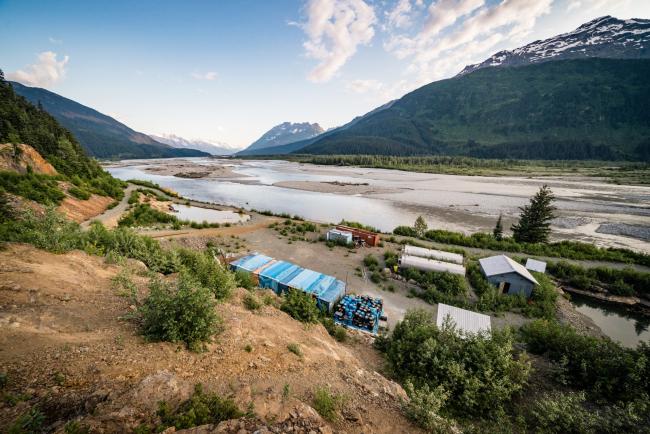|
Once again, this summer has hit B.C. hard with wildfires and droughts. I was on evacuation alert for a week, anxious about wind and thunderstorms, and constantly monitoring the status of the wildfire through various sources and look outs. I am so grateful for all those working long days in extreme heat containing and putting fires out, including the one that was near my home.
I am not so grateful to have worked on climate action since the mid-1990s and be living the more frequent, extreme weather that was predicted in a warming world if we didn’t act. And I’m weary of mining companies moving quickly to position themselves as climate heroes.
Lots of jurisdictions are releasing “critical minerals” reports, including Canada, and B.C. has budgeted $6 million to develop its own. “Critical minerals” are variously defined as minerals that may be needed for the energy transition (for renewable energy generation, transmission, and storage, including the production of electric vehicles and batteries), for military purposes, to a lesser extent for technologies like computers and smartphones, and all of which are at risk of supply chain disruption. The term evokes a raft of feelings: urgency, nationalism, and greed among them, as well as questions of how and where to best mine these resources.
|
